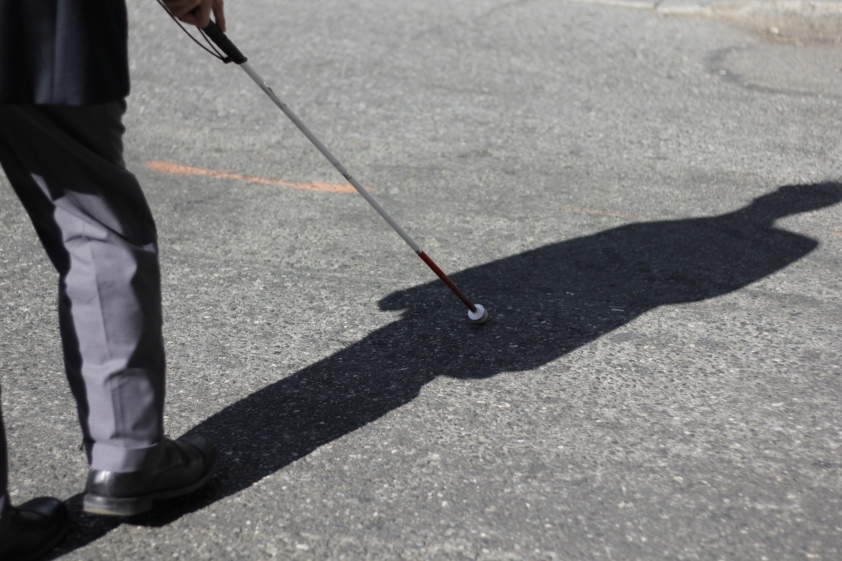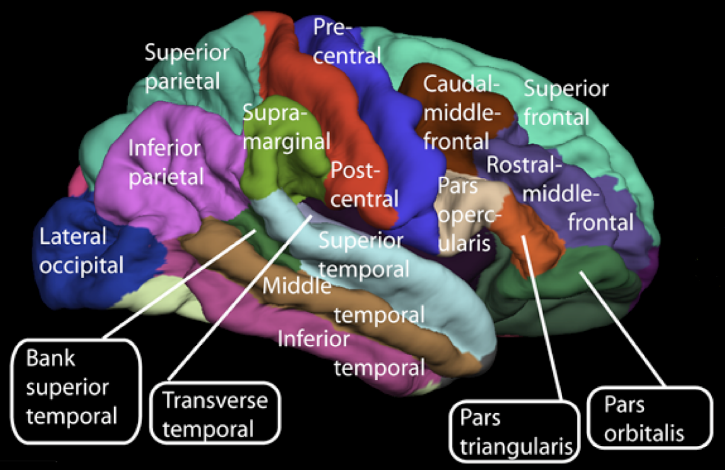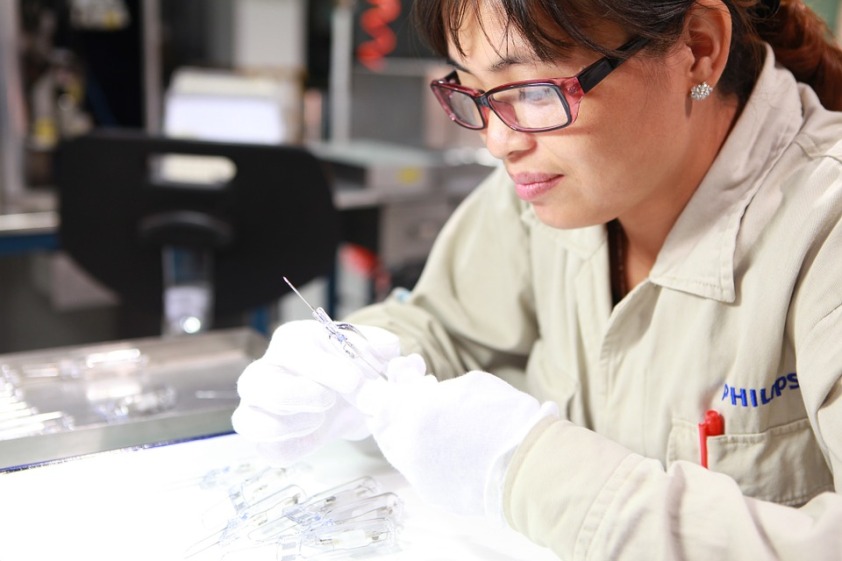Andy Thompson
“There is something so totally purging about blindness, that one is either destroyed or renewed. Your consciousness is evacuated. Your past memories, your interests, your perception of time. Place itself. The world itself. One must recreate one’s life.”
These are the remarks of theologian John Hull who, after being visually impaired since childhood, lost his sight completely in 1983 at the age of 48. Over the next three years he documented his experience of adjusting to blindness through a series of audio diaries, which last year inspired the Bafta-nominated film Notes on Blindness, a biopic that charts Hull’s adjustment to life without sight.
39 million people worldwide share Hull’s experience of complete blindness, whilst a further 246 million are visually impaired in some way. But for these people the “purging” effects of blindness that Hull described are increasingly becoming curtailed.

Image Credit: Flickr
Rapid developments in technology have resulted in a proliferation of equipment designed to improve the way that the visually impaired experience and interact with the world. These technologies are hugely varied, ranging from voice-controlled home devices to advanced braille printers. This expansion of resources is only increasing, and 2017 looks set to see the release of some of the most ground-breaking products yet.
April this year will signal the launch of the first braille smartwatch; the ‘Dot’. The watch has 24 magnetically controlled touch sensors on its face, which can be made to rise and fall individually to spell out any word in Braille. The Dot works by connecting to a smartphone via Bluetooth, and then conveying information from the phone to its wearer through these Braille messages. This information could be almost anything, from text messages, to the name of someone who is calling the phone, to information from Google Maps.
The South Korean firm behind the Dot say the device has the potential to totally revolutionise how the visually impaired use smartphones, and claim to have over 140,000 pre-orders including one from Stevie Wonder. If the device proves to be a success the firm has plans to expand its range, and is already scheduled to release a tablet version of the Dot in collaboration with Google in 2018.
2017 may also see the release of the long-awaited ‘Smart Specs’, a pair of smart glasses being developed by the OxSight team at the University of Oxford. Smart Specs contain a complex camera system and a tiny computer, which together can improve a person’s ability to recognise faces, better avoid collisions, and even give them the ability to see in the dark. Whilst the glasses are still in development, a successful nationwide trial was carried out in 2016, and OxSight’s founder Dr Stephen Hicks is optimistic that Smart Specs will be finalised before the end of the year.
Another piece of approaching wearable technology is a device called ‘HandSight’, which aims to help improve how visually impaired people can read. HandSight is a ring with a tiny camera built in which, when the finger wearing it moves along a line of text, records footage of the text and transits it to a nearby computer, which then reads it aloud. Whilst other technology to help visually impaired people read already exists, the creators of the HandSight hope their device will allow blind people to read larger amounts of text at a greater speed. As with the Smart Specs the device is still in development but has been proved highly successful in trials.
All these and numerous other developments have huge potential to transform the lives of the visually impaired, but will sadly come too late for John Hull, who died in 2015. When Hull lost his sight in 1983 he adapted to his new life without much advanced technology, navigating with a traditional white cane, and employing numerous family and friends to record his numerous theology books onto cassettes. He described blindness as having the power to either destroy or renew, and whilst he eventually came to embrace life without sight, the work of these companies and more could soon mean that no one will be destroyed by it.













